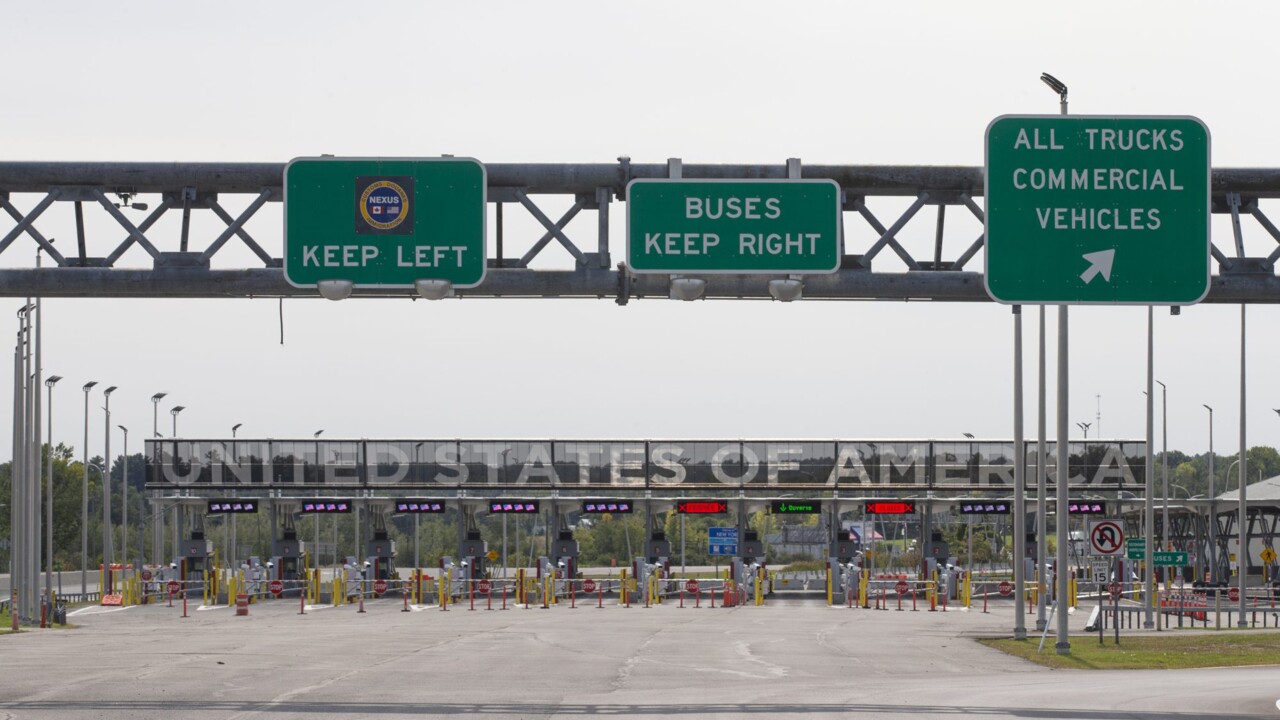Issued on: 23/07/2021 -
NON VIOLENT ARREST BY COMAPARISON WITH LAST SUMMER POLICE RIOTS IN PORTLAND & SEATTLE

Havana (AFP)
Manuel Diaz is among several people detained for nearly two weeks since joining unprecedented anti-government protests in Cuba. His family is worried.
According to his lawyer, 59-year-old Diaz needs two or three witnesses to testify that his protest had been peaceful if he wishes to qualify for bail ahead of his trial.
Diaz, who works in a bakery, had joined a rally on July 11 in his town of Bauta, some 25 kilometers (15 miles) southwest of Havana.
In an apparently spontaneous outburst of anti-government sentiment, thousands took to the streets on July 11 in some 40 cities and towns chanting "Freedom!" and "Down with the dictatorship!"
Hundreds were arrested for their efforts and many now face charges of contempt, public disorder, vandalism and propagation of the coronavirus epidemic for allegedly marching without face masks.
"For now, nobody has testified and Manuel is still in pre-trial detention," his brother Roberto told AFP by telephone from Miami, where he lives.
"He is in the prison of Caimito (western Cuba), and we are desperate."
- #SOSCuba -
Almost two weeks after the biggest protests since the revolution that brought Fidel Castro to power in 1959, the communist government has yet to announce the number of people detained.
Independent observers and activists have published lists with at least 600 names on them.
UN human rights chief Michelle Bachelet last week expressed concern at claims that individuals were being held incommunicado, and that the whereabouts of some were unknown.
She added that "all those detained for exercising their rights must be promptly released."#photo1
The rallies came as the country endures its worst economic crisis in 30 years, with chronic shortages of electricity, food and medicine and an uptick in the coronavirus pandemic.
On Thursday, Cuba's Foreign Minister Bruno Rodriguez said the majority of those detained had been released after paying a fine, or placed under house arrest.
He denied there were any minors among those held or that anyone had gone missing.
On a Facebook group called "Desaparecidos (Missing) #SOSCuba," Roberto Diaz made an urgent appeal for anyone who could vouch for his brother's peaceful conduct during the demonstrations.
"Is there anyone who can help us, please?" he implored.
Similar messages have proliferated on Facebook and Twitter.
- 'Devastated' -
Claudia Salazar is seeking the freedom of her husband, Yarian Sierra, who she wrote "is the victim of an unjust process... because he thinks differently."
Photo and video operator Anyelo Troya, 25, arrested with his camera near the seat of parliament in Havana, has been sentenced to a year in prison for "public disorder," according to his family.
He shot the video clip for the rap song "Patria y Vida" ("Fatherland and Life") which has become a refrain for protesters and government critics.
The title is a play on the famous "Fatherland or Death" coined by the late Castro in 1960, with the new song serving as a no-holds-barred critique of the six-decade-old communist government.
Troya appeared before a court Wednesday with 12 other protesters, his family said.
"We were not told of the trial beforehand," said his brother, Yuri, adding their parents were "devastated."
They heard of the appearance when they tried to visit Anyelo at the police station.#photo2
"We ran to the court with a lawyer we had hired, but when we arrived, it was already over," said Yuri.
"What happened to the right (of my son) to a transparent trial?" Troya's mother, Raisa Gonzales, asked on Facebook. The family will lodge an appeal.
Others still behind bars include dissidents Jose Daniel Ferrer and Luis Manuel Otero Alcantara.
Alcantara is one of the leaders of the San Isidro protest movement formed in 2018 to demand greater freedom of speech in the island nation.
On Tuesday, the San Isidro Movement said he had been transferred to a high security prison some 60 kilometers from Havana.
© 2021 AFP
















